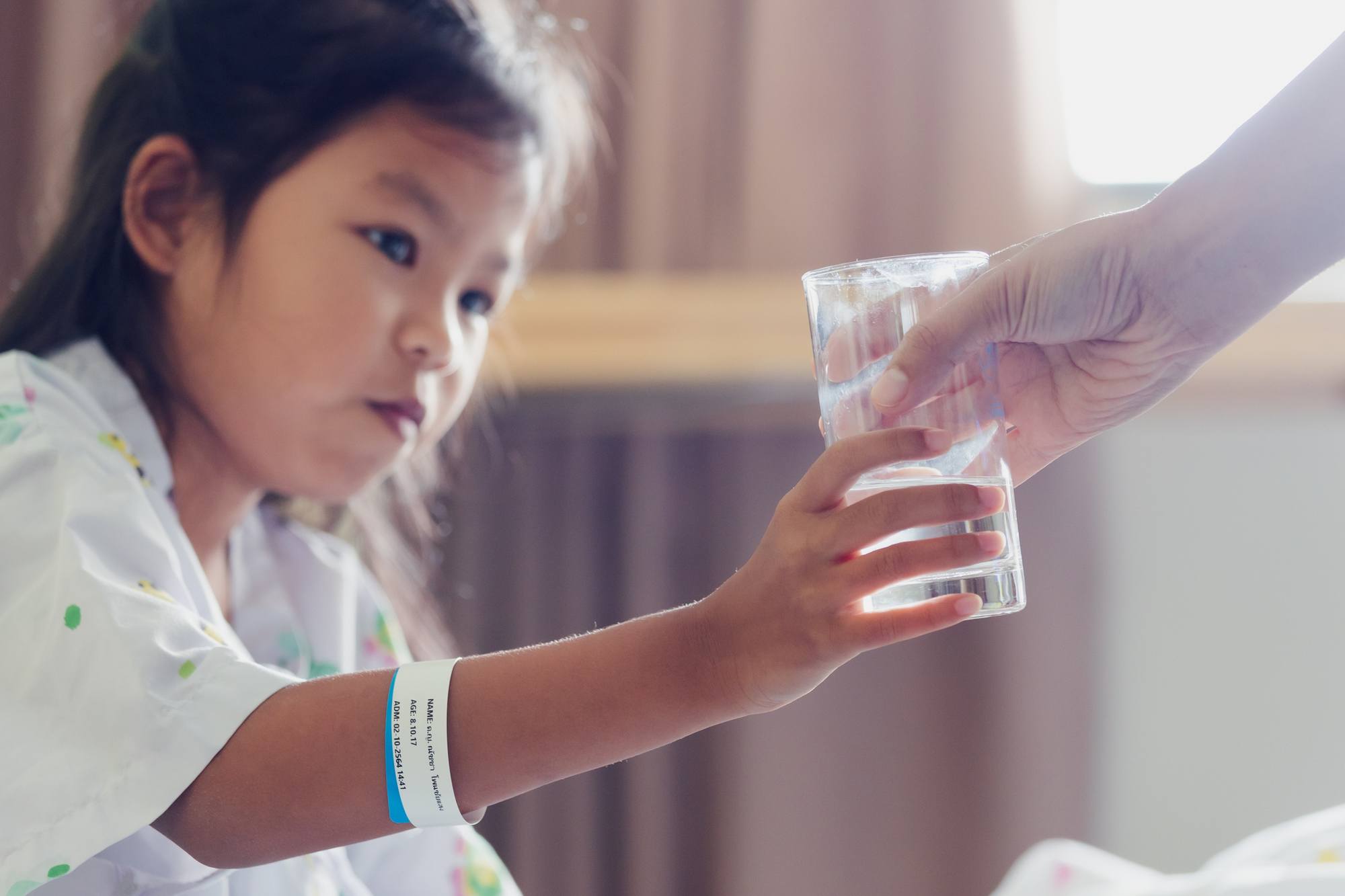
Education
Campylobacter jejuni
Following the accidental abandonment of incubated plates, H. pylori colonies were discovered, launching a larger investigation into the microbiology of the human stomach. Ready to think twice about the filtration used to treat your water for consumption? Ready or not, we’re exploring the gut microbe, Campylobacter jejuni. This gram-negative bacterium is about 0.2um – 0.5um in size. Small, but mighty enough to warrant the use of a 0.05um filter if you want to catch this bug and potentially avoid some stomach souring symptoms.
Campylobacter jejuni routes of infection
Campylobacter jejuni is a gut microbe primarily transmitted through birds, cattle, and other livestock feces, but mainly poultry, such as chickens and turkeys. Feces from these animals shed Campylobacter in into streams, rivers, lakes, and reservoirs. The most common route of infection is through ingestion, whether that is untreated water or contaminated food. The result is Campylobacteriosis, an acute illness that causes nausea, abdominal pain, fever, cramping, and diarrhea. The abdominal pain can be so debilitating that it is often confused with appendicitis.
Notable characteristics of Campylobacter jejuni
This is another gram-negative, spiral and rod-shaped bacterium that is about 0.2um – 0.5um in size, so you’ll want a 0.05-micron filter if you want to catch this pathogen before using the water for consumption. It’s motile by a single flagellum, and not a good producer of biofilm, so it’s constantly on the move for nutrient sources. It’s most happy in intestinal tracts of animals, so livelihood is challenging for it in bulk water systems. That said, it doesn’t take much ingestion to cause symptoms. Campylobacter is the most common bacterial cause of diarrhea in the U.S., affecting 1.5 million residents a year.1 And, while a not well-known mode of transmission for shedding, Campylobacter is in our pets, more specifically, our dogs. Think about that the next time you allow your dog to lick your face!
1 Hancock, N. (2018, August 15). Campylobacter. Safe Drinking Water Foundation. Retrieved February 16, 2022, from https://www.safewater.org/fact-sheets-1/2017/1/23/Campylobacter
Patient risk associated with Campylobacter jejuni
Immunosuppressed or compromised patients are at greatest risk, but also pediatrics, specifically those under the age of five because of their lower developed immunity and inability to cope with the hypovolemia and accompanying diarrhea. There are a few rare circumstances when acquiring this bacterium that are worth noting. About one in every 1,000 cases of infection results in Gullian-Barre Syndrome (GBS). GBS is an autoimmune disorder that causes weakness in the extremities and sometimes paralysis. Most people recover, but permanent nerve damage is possible. This is rarely fatal, and in most patient populations, symptoms will usually resolve on their own within about three weeks. For patients most at risk, taking extra effort to drink lots of fluids and combat the dehydration and cramps associated with diarrhea is key. Though Campylobacter is an “easier” pathogen to address, it remains ubiquitous and it’s important to recognize small inputs and changes that really aren’t that cumbersome can reduce the infection rate of this opportunistic pathogen.
Want to know more?
Reach out for quotes, additional product details, inventory status, installation questions and more.

